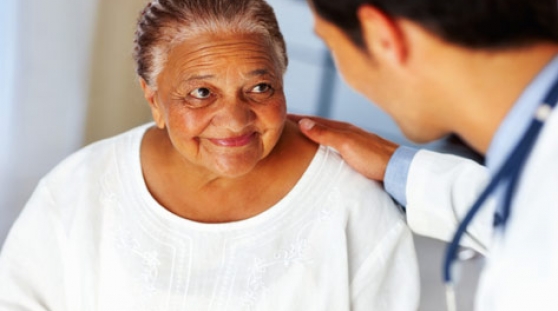COPD Health Center
Table of Contents

The signs and symptoms of COPD include:
- an ongoing cough or a cough that produces large amounts of mucus (often called "smoker's cough")
- shortness of breath, especially with physical activity
- wheezing (a whistling or squeaky sound when you breathe)
- chest tightness
These symptoms often occur years before the flow of air into and out of the lungs declines. However, not everyone who has these symptoms has COPD. Likewise, not everyone who has COPD has these symptoms.
Some of the symptoms of COPD are similar to the symptoms of other diseases and conditions. Your doctor can find out whether you have COPD.
If you have COPD, you may have colds or the flu (influenza) frequently. If your COPD is severe, you may have swelling in your ankles, feet, or legs; a bluish color on your lips due to a low blood oxygen level; and shortness of breath.
COPD symptoms usually slowly worsen over time. At first, if symptoms are mild, you may not notice them, or you may adjust your lifestyle to make breathing easier. For example, you may take the elevator instead of the stairs.
Over time, symptoms may become severe enough to see a doctor. For example, you may get short of breath during physical exertion.
How severe your symptoms are depends on how much lung damage you have. If you keep smoking, the damage will occur faster than if you stop smoking. In severe COPD, you may have other symptoms, such as weight loss and lower muscle endurance.
Some severe symptoms may require treatment in a hospital. You—with the help of family members or friends, if you're unable—should seek emergency care if:
- you are having a hard time catching your breath or talking
- your lips or fingernails turn blue or gray (this is a sign of a low oxygen level in your blood)
- you are not mentally alert
- your heartbeat is very fast
- the recommended treatment for symptoms that are getting worse isn't working
